
views
Making Seals with a Glue Gun
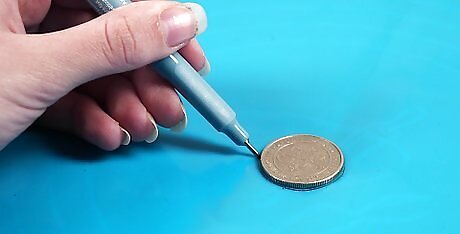
Trace the outline of a coin on a silicone craft mat. The coin is for outlining your wax seal in advance so the finished product looks clean and uniform. For an average-sized seal, try tracing a U.S. quarter or a coin of a similar size. Draw in pencil on a non-stick surface Drawing an outline is helpful when you’re starting out. After you get accustomed to crafting seals out of glue, try making them freehand. Non-stick surfaces like silicone and wax paper are a great way to practice making seals. Since the seals won’t stick, you are able to move them onto more permanent surfaces like envelopes after they harden.

Set a metal wax seal stamp in a bowl of ice water for 30 seconds. Choose a stamp you like, then keep it in the water until it feels cold to the touch. When you’re done, take it out of the water and dab it dry with a soft cloth. Cooling the stamp prevents the glue from sticking to it. Wax seal stamps are available online or at some hobby stores. They come in a variety of designs and some retailers even allow you to order custom designs. Rubber stamps aren’t useful since they are prone to damage from water and sticky glue. Instead, use objects like buttons or bottle caps to create custom seals without metal stamps.
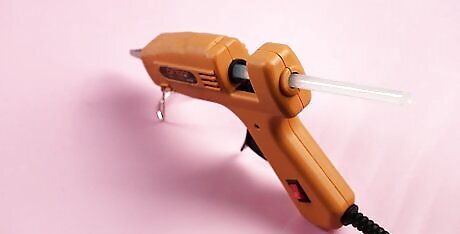
Heat a glue stick in a glue gun for about 2 minutes. Get a glue gun stick from a craft supply store, then load it into the hole on the back end of the gun. Plug the gun into an electrical outlet and let it heat up. Test it out by pulling the trigger. If the glue flows freely, it is ready for use. Clear or white glue sticks are very common, but glue gun sticks are made in a variety of colors. You can use any color to make a seal. Getting colored glue sticks is the simplest way to customize your seals. Painting or dying is an option if you wish to customize white glue, but it isn't mandatory.
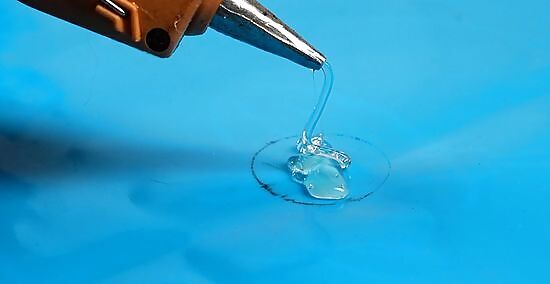
Spread the hot glue around the outline and fill in the circle. Hold the nozzle about 1 in (2.5 cm) above the craft mat. Keep a steady grip on the trigger as you move the nozzle around the outside edge of the circle. Then, move the glue gun around in smaller and smaller circles until you have completely filled in the outline. Don’t worry about making the glue base look perfect. Flaws become details that give seals unique characteristics. You are unlikely to ever use too much glue.
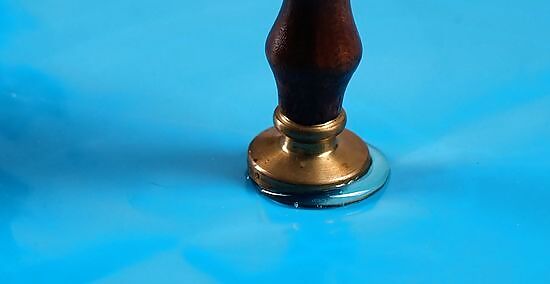
Press the stamp into the hot glue until the seal hardens. Position the metal part of the stamp in the center of the glue. When you press the stamp down into the wax, hold it there for about 5 seconds. Pull the stamp out to complete the glue seal. If you hold the stamp in place too long, the glue will stick to it. Hot glue takes about 30 seconds to harden. Once the seal hardens, peel it off of the stamp by hand. The glue will be cool to the touch and won’t break apart.
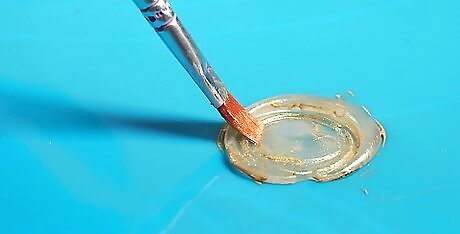
Color the seal as needed with dye and paint. “Wax” seals made from white glue often look a little bland, so spruce yours up with some acrylic paint. Place a dollop of paint on a pallete, then transfer it to the glue with a small paint brush. Color the glue until you’re satisfied with the way the seal looks. Colored food dye is another way to transform bland seals. Carefully drip the dye onto the seal to color it. Permanent markers are another way to shade a seal. Add dark colors to ridges, for instance, to make the stamp's design stand out more.
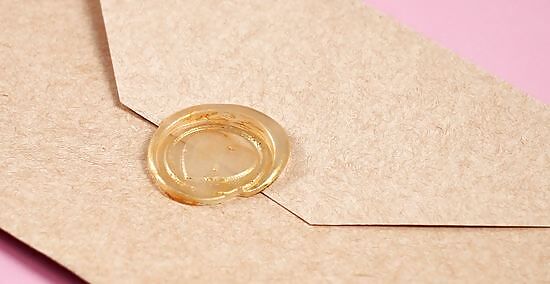
Glue the seal to your project with hot glue. Pick the seal up off the silicone mat after it dries. Use the glue gun to spread a bead of hot glue over the back of the seal. To prevent the seal from melting, don’t let the nozzle touch it. Then, stick the glue on an envelope, package, or another project. Another way to attach a seal to a surface is with a double-sided adhesive. Peel off the backing, then press the sticker to the seal and your project.
Pouring Glue from a Melting Spoon
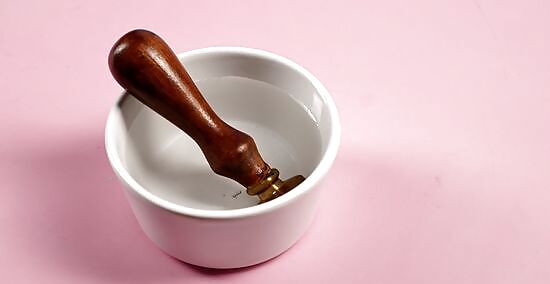
Cool a wax seal stamp in ice water, then dry it off. Keep the stamp cold so that the hot glue seal doesn’t stick to it. Wipe it off with a soft cloth when you’re done. Make sure it is completely dry before attempting to stamp the glue.
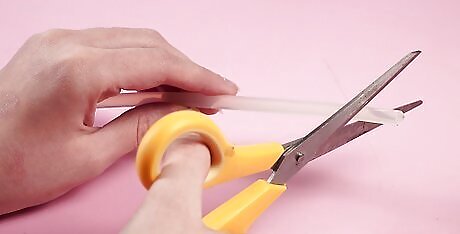
Cut off a chunk of a glue stick and put it in a wax melting spoon. Use scissors to cut about ⁄4 in (1.9 cm) off the end of a glue stick designed for use in a glue gun. You will need to melt it down in a metal melting spoon shaped like a scoop. It’s wider and deeper than regular kitchen spoons. Choose a glue stick according to the color of stamp you wish to make. If you can’t find colored glue sticks, try melting part of a crayon with an equal amount of a white glue stick. Stir them together to create colored glue. An advantage to using a spoon is that it allows you to create unique colors by melting different glue sticks together.
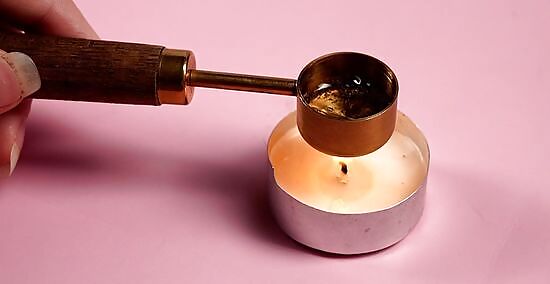
Heat the glue over a tea candle until it is completely liquid. Light a small candle with a match to provide a convenient little heat source for melting glue. Hold the spoon directly over the flame. The glue will melt relatively quickly. Make sure it is has a uniform, liquid consistency before pouring it out of the spoon. Wax melting spoons are available online and at some craft supply stores. Melt enough glue to fill the bowl of the spoon. Cut off more glue and melt it as needed if the bowl isn’t full. Stirring the glue with a toothpick speeds up the melting process and helps ensure the liquid isn’t chunky.
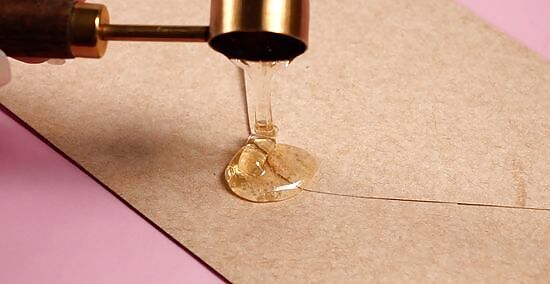
Pour the glue out onto an envelope or another surface. Tip the spoon over and pour the hot glue onto any surface you desire. Add it directly to your project or put it on a non-stick surface first. Non-stick surfaces like silicone mats and wax paper are great ways to practice making seals before using them to finish projects. The easiest way to pour the glue is in a mound. Move the spoon slightly to help spread the glue. Since the glue is liquid, it will finish spreading and settling on its own. If you choose to pour the wax onto a non-stick surface, you will need to attach the seal to your project with an adhesive like hot glue or a double-sided sticker.
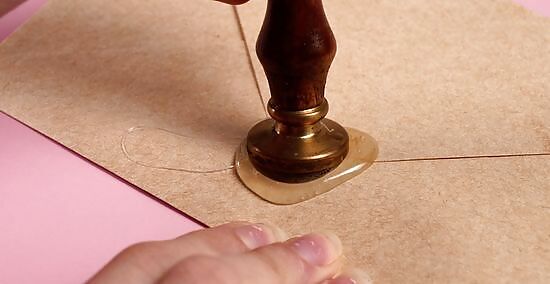
Press a wax seal stamp into the hot glue before it dries. Don’t wait too long to apply your stamp! Push the stamp into the glue as soon as you finish pouring it. Hold the stamp in place for about 5 seconds, then remove it. If your “wax” seal sticks to the stamp, push it off with your finger and use an adhesive to bind it to your project.
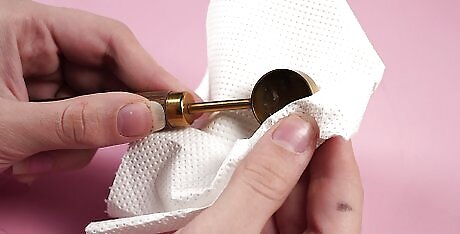
Heat the spoon’s bowl again to clean it with a paper towel. When you’re done making seals, clean out the bowl to avoid it becoming crusty with old glue or coloring. Hold it over the tea candle until the glue becomes liquid again. Then, mop up the remaining glue. As long as you don’t boil the glue, neither the spoon nor the glue will pose much of a burn risk. Still, play it safe and avoid letting hot surfaces brush against your skin.
Melting Glue Sticks over Heat
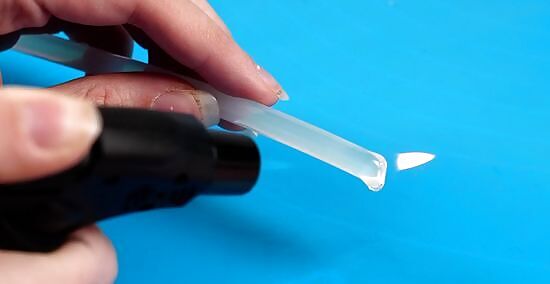
Turn on a butane lighter and hold a glue stick over it. Any type of lighter or heat source works, but butane lighters are the most effective. Move the lighter or torch so the flame isn't directly over it. Use your other hand to hold a glue gun glue stick above the tip of the flame. Melting glue sticks this way is tricky since the glue tends to drip on the lighter. Get a torch lighter instead of a disposable lighter if you can. Torch lighters are far easier to aim.
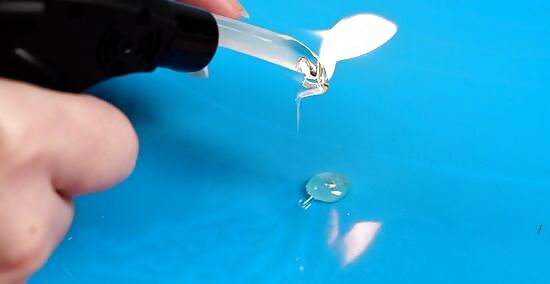
Drip the wax onto a silicon mat or another surface. Move the glue stick around to create a circle about the size of a large coin or whatever wax seal stamp you plan on using. Letting most of the glue drip into a mound is fine. It will flow out to fill in most of the circle. Let the wax melt onto envelopes or wherever you need the seal. Alternatively, use a non-stick surface like a silicone craft mat to practice and select the perfect seal for your project. Dripping glue is the slowest way to create a seal, so be patient. Hold the glue stick steady until it gets nice and hot, then make sure the melting glue drips where you need it.
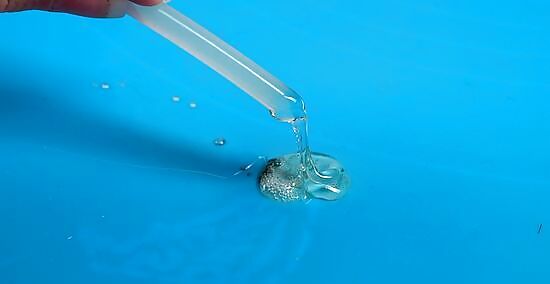
Spread the wax around by rubbing it with the glue sick if needed. Press the end of the glue stick against the hot glue. Use the glue stick to move the glue around, spreading it out to make the seal look smooth and even. Doing this isn’t necessary, but it is a useful way to cover up mistakes and make your seal look more consistent. Rub the glue stick gently against the surface to avoid spreading the glue out too much. For the best results, spread the glue with circular motions. Imperfections in the seal are fine and make it unique. Most seals look noticeably different from one another, so you don’t need to spend a lot of time fixing dripped glue.
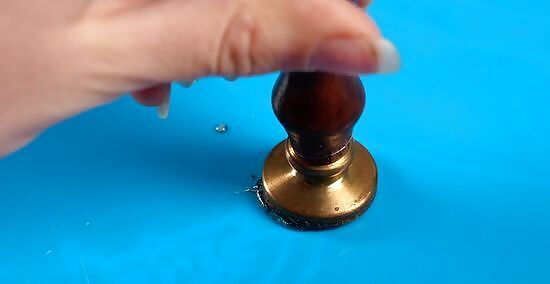
Stamp the glue with a slightly moistened wax seal stamp. Set the glue stick and torch aside. Get a sponge or rag dampened in cold water. Dab some of the moisture onto your chosen stamp, enough to coat the metal portion without it dripping water. Then, press the stamp into the glue to form the seal. Hold the stamp in place for about 5 seconds, enough for the “wax” seal to solidify.













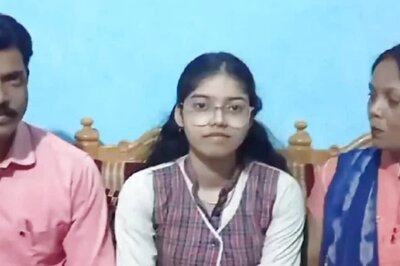
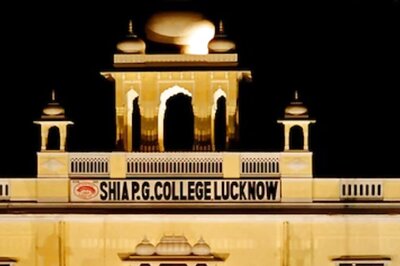

Comments
0 comment